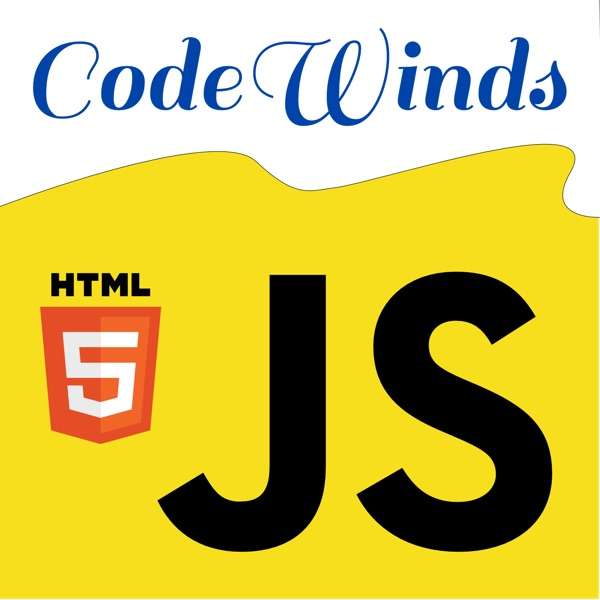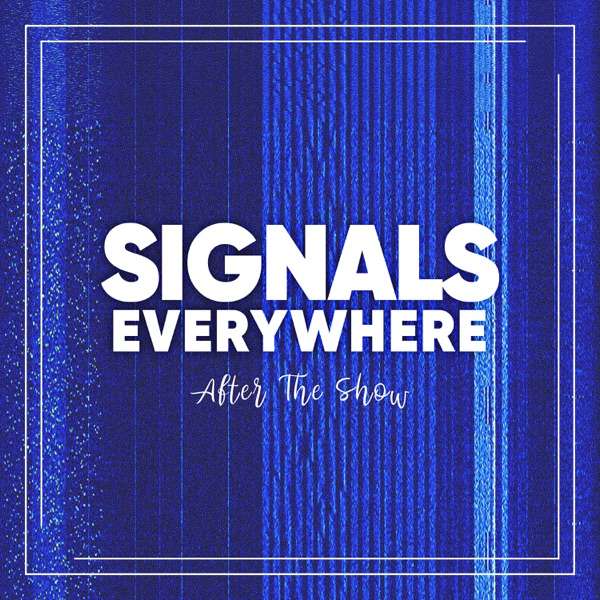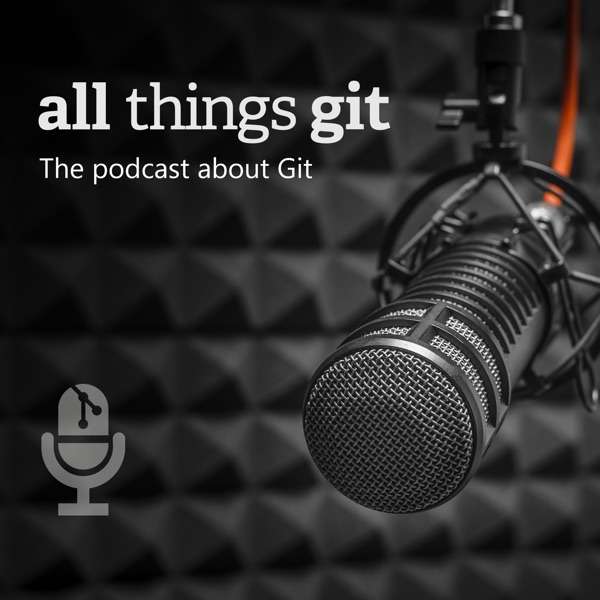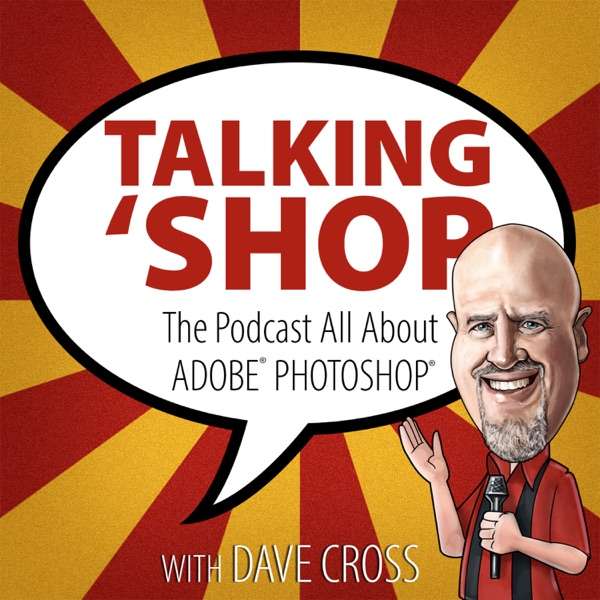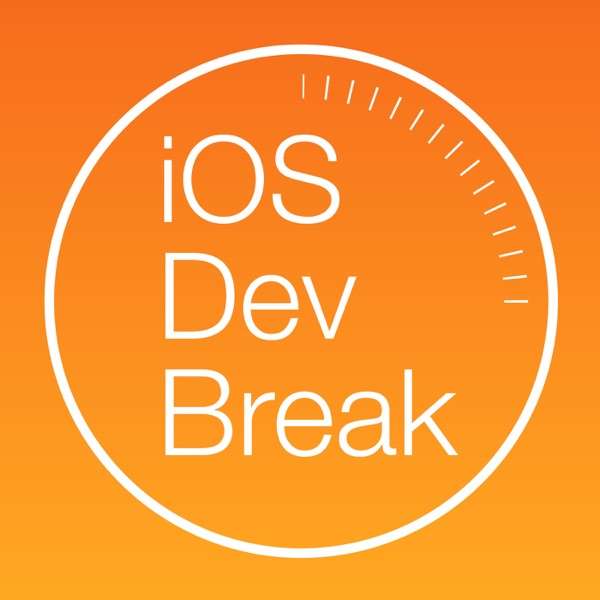James and BIll talk about GDAL and OGR. James can't pronounce it correctly but he knows how to use it. Bill talks about how much it has been part of his workflows in the past 15 years. There is even more that didn't make the podcast via Howard Butler:
GDAL Barn Raising
Geodesy is a property of the data. When all our data came from paper maps, geodesy didn't matter as much except for the pocket protector crowd, but now that most of our positioning comes from space, geodesy buried in our data is an unavoidable topic. The open source stack of software based on GDAL and PROJ was deficient in the geodesy realm because PROJ was a cartographic transformation library (for making pretty maps!) rather than a geodetic library (for serious data management and engineering). Kristian Evers and Thomas Knudsen of Denmark SDFE (~ Denmark USGS) added the bits necessary to PROJ to allow it to act as a geodetic library as of the PROJ 5 release.
The Barn Raising was needed to wire up those bits in PROJ 5 with the dictionaries that describe all of the transformations. This effort was three pieces – swapping out the GDAL_DATA and PROJ_LIB CSV files for a single, unified SQLite db, putting a OGC Well Known Text v2 engine in PROJ, wiring up GDAL, PROJ, libgeotiff, PostGIS, QGIS, and whoever else to use it all directly. The result of this effort is GDAL 3.0 and PROJ 6.1
Nyall Dawson has an excellent post describing how this effort improved QGIS https://lists.osgeo.org/pipermail/qgis-developer/2019-June/057525.html by making the software work better, more simple, and more unified with the rest of the other projects.
gdalbarn.com has the history of the efforts of who pushed in money and Even's progress reports as he did the development.
gdal.org refactor
Even, myself, Mateusz, and Dan Baston at the OSGeo Community Sprint in Minneapolis refactored the gdal.org website to be based on Sphinx like geotools.org, mapserver.org, pdal.io, proj.org, and many other ReadTheDocs-based efforts. A primary goal was to allow you to hit the front page and be able grep for a driver name right away. The docs were buried, and this was an effort to bubble them up, and make it easier for people to contribute to them. For example, there's now a PDF https://gdal.org/gdal.pdf (900 pages!) and people can use Sphinx Intersphinx capability to link to GDAL documentation in their own projects.
COG Driver
Even just pushed an explicit Cloud Optimized GeoTIFF COG driver for GDAL that will be released in the next GDAL release that handles the writing side of COG. Your audience should know about COG.

 Our TOPPODCAST Picks
Our TOPPODCAST Picks  Stay Connected
Stay Connected


 Brings Digital Twin To Building Information Modeling
Brings Digital Twin To Building Information Modeling